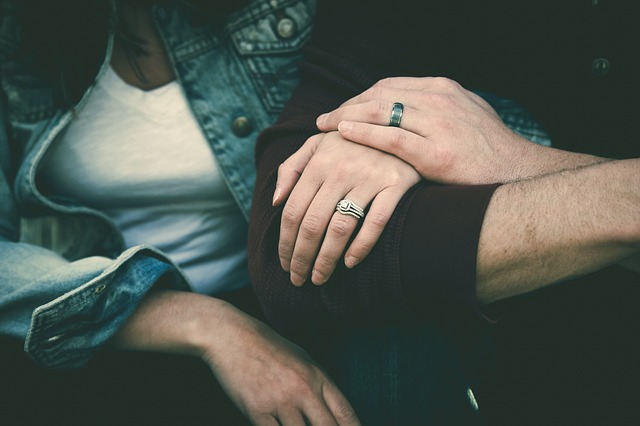- Scientists have recently discovered that levels of pain are lowered when a partner holds the subject’s hand.
- A lover’s touch affects the anterior cingulate cortex, a part of the brain associated with pain perception, empathy as well as heart and respiratory function.
If your partner is in pain, you better grab hold of his or her hand to make them feel better.
That’s because scientists believe that a lover’s touch has healing powers. An experiment conducted by a researcher from the University of Colorado at Boulder showed that levels of pain are lowered when a partner holds the subject’s hand.
Dr. Pavel Goldstein looked into 22 long-term heterosexual couples, age 22 to 32, and subjected them to a series of tests aimed at mimicking the delivery room scenario.
In the study, men were given the role of observer, while women were assigned as pain target.
Subjects either sat together holding hands, sat together without touching, or sat in separate rooms. Their heart and breathing rates were then measured.
All three scenarios were repeated as the woman was exposed to a mild heat pain on her forearm for two minutes.
Results showed that the couples synced physiologically up to a certain degree just by sitting together.
However, when the woman was subjected to pain and the man couldn’t touch her, this synchronization stopped. Meanwhile, their heart and breathing rates fell into sync again and the pain decreased when the man was allowed to hold his partner’s hand.
Dr. Goldstein explained that pain interrupts the interpersonal synchronization between couples but touch brings it back.
He explained: “The more empathic the partner and the stronger the analgesic [pain relieving] effect, the higher the synchronization between the two when they are touching.”
Goldstein believes that a lover’s touch affects the anterior cingulate cortex, a part of the brain associated with pain perception, empathy as well as heart and respiratory function.
Although it is not clear yet whether the decreased pain is caused by increased physiological synchrony or vice versa, Goldstein thinks touch is a tool for communicating empathy.
“It could be that touch is a tool for communicating empathy, resulting in an analgesic, or pain-killing, effect,” Goldstein said.




